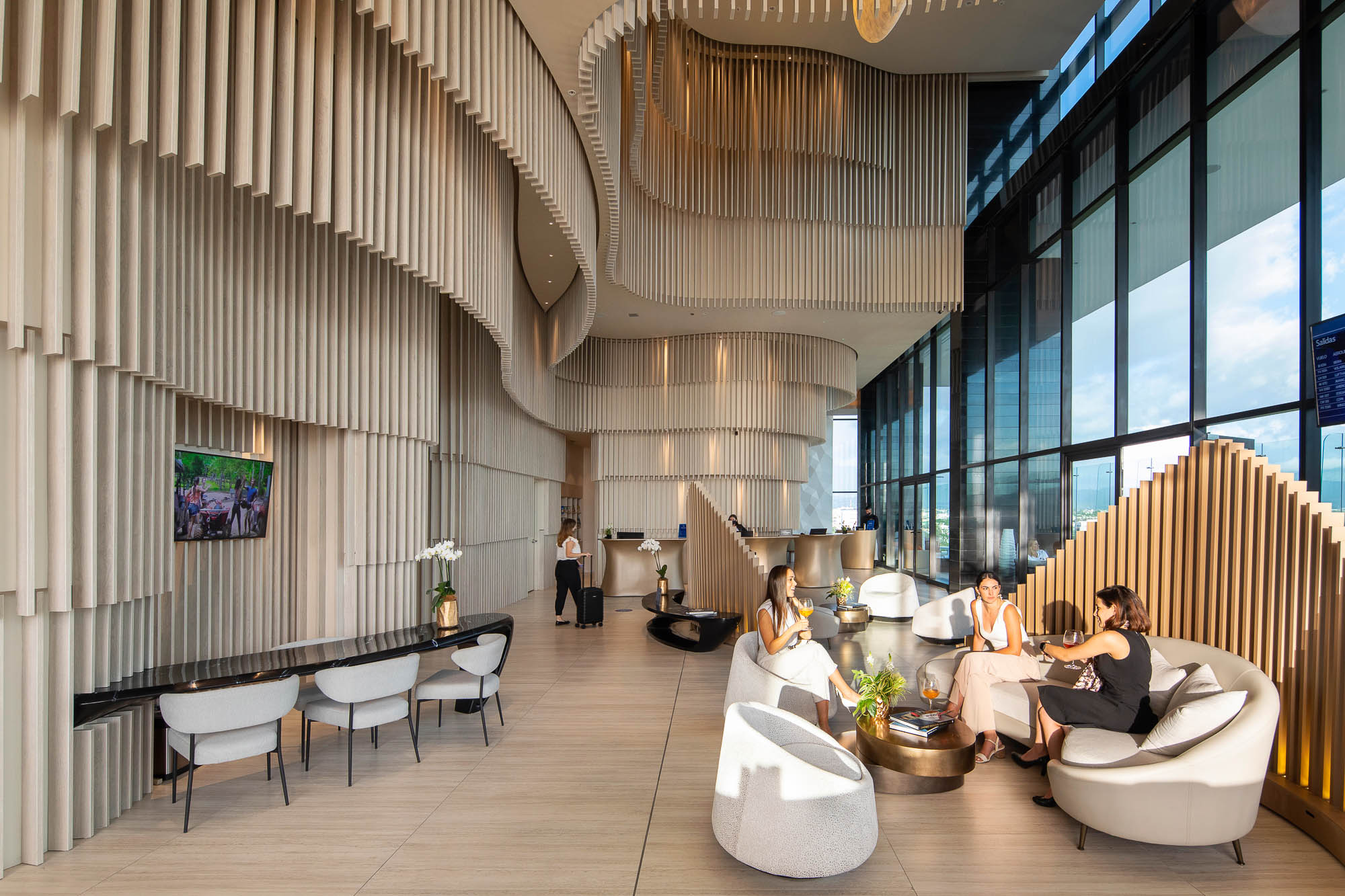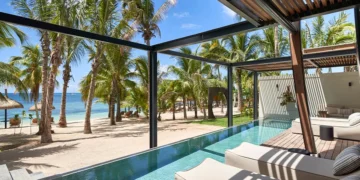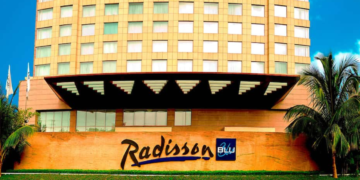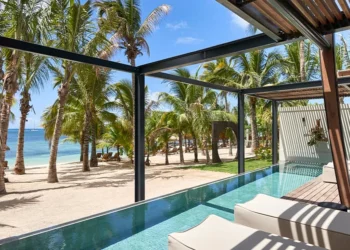This article will explore the latest trends in hospitality design and interior decoration. From lobbies to guest rooms and restaurants, we will discuss how hotels are incorporating design elements that create a memorable and unique experience for guests.
We will look at how the design of a hotel can enhance the overall guest experience, as well as the importance of incorporating sustainability and technology into hospitality design.
In the world of hospitality, design, and interior decoration play a critical role in creating a memorable guest experience.
Whether it’s a luxurious hotel or a boutique bed and breakfast, the design and decor of a property can set the tone for the guest’s stay and influence their overall impression of the brand.
As such, it is essential for hotels to stay on top of the latest design and decoration trends to ensure they are offering guests an exceptional experience.
Sustainability

Sustainability has become an essential consideration for hotels and other hospitality businesses. Many guests are now seeking eco-friendly accommodation options and are increasingly looking for hotels that have adopted sustainable practices. As a result, hotels are incorporating sustainable design elements, such as energy-efficient lighting, recycled building materials, and water-saving fixtures.
Technology
The use of technology in hospitality design is another trend that is rapidly gaining popularity. Smart technology can be used to enhance the guest experience in a number of ways, from providing personalized room controls to enabling mobile check-in and check-out. High-tech amenities, such as in-room tablets, smart mirrors, and virtual reality experiences, are also becoming increasingly common.
Biophilic design
Biophilic design, which incorporates natural elements and materials into interior design, has been gaining popularity in the hospitality industry. Research has shown that incorporating biophilic design elements can have a positive impact on guest well-being and reduce stress levels. Some hotels are using living walls, indoor gardens, and natural light to create a calming and relaxing atmosphere for guests.
Local and cultural influences
Hotels are increasingly incorporating local and cultural influences into their design and decor. This can include everything from artwork and textiles to furniture and lighting. By showcasing the local culture, hotels can create a more authentic and immersive experience for guests.
Maximizing space
In many cities, space is at a premium, and hotels are finding creative ways to maximize their available space. This can include using multi-functional furniture, such as sofa beds and foldable tables, to make the most of smaller rooms. Hotels are also using space-saving design elements, such as sliding doors and foldable partitions, to create more versatile spaces.
Lighting
Lighting is a critical element in hospitality design and can have a significant impact on the guest experience. Hotels are increasingly using lighting to create a welcoming and comfortable atmosphere. This can include the use of warm and inviting light fixtures in public areas, such as lobbies and restaurants, as well as ambient lighting in guest rooms.
Artwork and décor
Artwork and décor can play an important role in hospitality design, and hotels are increasingly using these elements to create a unique and memorable experience for guests. Some hotels are showcasing local artists and designers, while others are using eclectic collections of art and decor to create a one-of-a-kind look and feel.
Color palettes
Color palettes are an essential element in hospitality design, and hotels are using bold and vibrant colors to create a unique and memorable atmosphere. From bright and bold patterns to more subdued tones, hotels are using color to create a distinctive look and feel.
Mixing materials
Mixing materials, such as wood, metal, and glass, is a trend that has been gaining popularity in hospitality design. By combining different materials, hotels can create a more dynamic and interesting look and feel. This trend is also being used to create a sense of contrast between different areas of the hotel, such as the lobby and guest rooms.
Personalization
Personalization is becoming increasingly important in hospitality design, as hotels seek to create a more personalized experience for their guests. This can include everything from personalized artwork and decor to tailored room amenities and services.
Flexible spaces
Flexible spaces are another trend in hospitality design, as hotels seek to create versatile spaces that can be used for a variety of purposes. This can include multi-functional public areas that can be used for both work and leisure, as well as guest rooms that can be easily reconfigured to meet the needs of different travelers.
Outdoor spaces
Outdoor spaces are becoming increasingly important in hospitality design, as hotels seek to create a more holistic experience for their guests. This can include everything from rooftop gardens and outdoor dining areas to outdoor lounges and swimming pools. By incorporating outdoor spaces into their design, hotels can create a more seamless transition between the indoors and outdoors.
Simplicity

Simplicity is a trend that has been gaining popularity in hospitality design, as hotels seek to create a more streamlined and minimalist look and feel. This can include everything from simple and clean-lined furniture to uncluttered public spaces and guest rooms.
Conclusion
In conclusion, hospitality design and interior decoration are constantly evolving, with new trends emerging all the time.
From sustainability and technology to biophilic design and cultural influences, hotels are incorporating a wide range of design elements to create a unique and memorable guest experience.
By staying on top of the latest trends and incorporating them into their design and decor, hotels can ensure they are offering guests an exceptional and unforgettable experience.

























